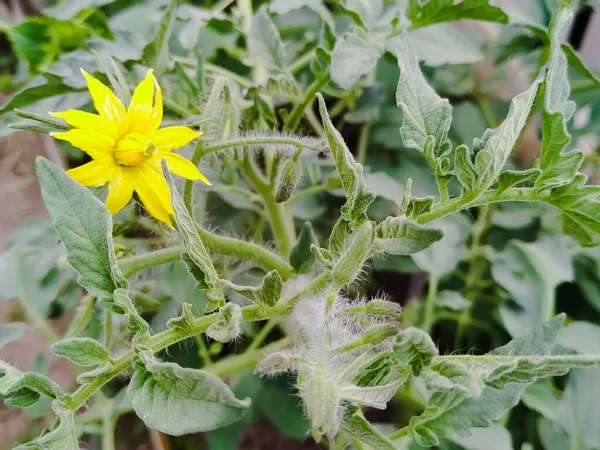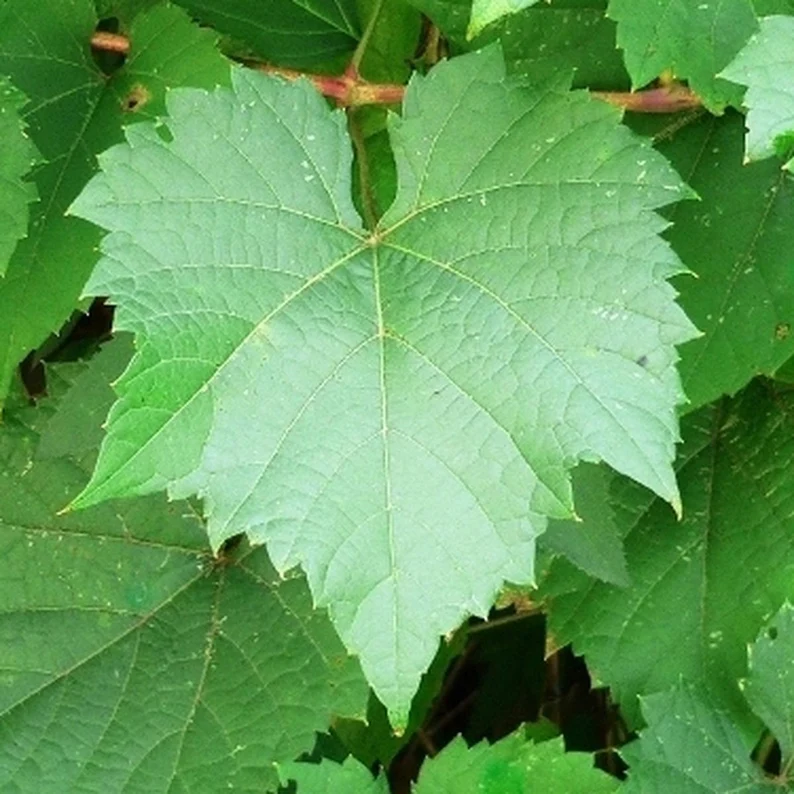Land plants first appeared 1.6 billion years ago, when bacteria had already been around for 2 billion years or so. For eternities, plants and pathogens (bacteria, viruses, and fungi) have been doing their ecological dance, with plants evolving to limit diseases and their impact on natural plant communities and bacteria evolving new ways to get around plants’ defenses. A balance typically is reached that maintains itself until novel diseases are introduced from other regions, usually because of human activity. An infamous example of that is chestnut blight, a fungus that decimated American chestnut trees, a keystone species in eastern U.S. forests. The fungus was inadvertently introduced by the importation of Japanese chestnut trees in the early 1900s. Then there is what is currently occurring in southern Italy, where the Xylella fastidiosa bacteria, imported with asymptomatic plants from Costa Rica, has killed millions of olive trees in Puglia.
For disease to occur in a plant, the plant must be susceptible to the pathogen. The pathogen is simply doing what all organisms do: seeking nutrients, in these cases from the cells of another organism. Plants and animals have evolved basic physical structures that act to keep pathogens at bay. The outer layer of a plant – analogous to our skin and also called the epidermis – is the first line of defense to keep pathogens out. The epidermis itself is shielded by additional layers on certain plant parts, like bark on a tree or a waxy cuticle on leaves.
Plants also produce chemicals that are toxic to pathogens or to insects, and they have an immune system that kicks in when pathogens breach the outer defenses and invade the organism. Unlike in animals, plants lack both mobile immune cells and an adaptive immune system. The plant immune system operates solely at the individual cell level and is the same for all cells.
Plants have two alert systems. First, the plant cell has receptors that can recognize specific molecular patterns associated with pathogens. Second, plants have receptors that recognize molecular patterns of damage to a cell wall, and receptors that recognize molecular patterns of the effects of infection.
When a pattern is recognized, the plant activates defense systems like SAR (Systemic Acquired Resistance) and ISR (Induced Systemic Resistance). SAR is activated throughout the entire plant while ISR is a localized defense response that is activated in specific parts of the plant. These responses make it harder for the pathogen to reproduce and spread in the plant.
Some defensive responses make the plant cell environment toxic to the pathogen, such as by alkalization. Other responses trigger armoring defenses such as closing stomata or increasing the thickness of cell walls. The plant can produce substances that interfere with the pathogen’s ability to cause damage, for example by degrading the enzymes used to invade the plant cell wall. The brown spots on a leaf, for example, are the plant shutting down the leaf’s cells, basically conducting cell triage to limit the spread of the pathogen.
Biological products can play a significant role in triggering and supporting the plant’s immune system. These products are derived from natural sources, such as beneficial microorganisms, plant extracts, or their byproducts. Here are some ways in which biological products can help enhance plant immunity:
- Inducing Systemic Resistance (ISR): Certain beneficial microorganisms, such as specific strains of bacteria or fungi, can colonize the plant’s roots or leaves and activate the plant’s defense responses.
- Stimulating Defense Signaling: Biological products can contain compounds that mimic or stimulate the plant’s natural defense signaling pathways. For example, some products contain plant extracts or extracts from beneficial microorganisms that contain signaling molecules.
- Enhancing Nutrient Uptake: Biological products can improve nutrient uptake and nutrient availability to the plant. When plants receive optimal nutrition, they are better equipped to resist diseases and infections.
- Suppressing Pathogens: Certain biological products contain beneficial microorganisms or their byproducts that can suppress or inhibit the growth of plant pathogens.
- Improving Plant Health: Through promoting beneficial microbial activity, improving soil health, and enhancing plant vigor, biological products create an environment that is conducive to a strong immune response in plants.
Andaman Ag has been promoting and educating growers on the benefits of biological products since 2008.





